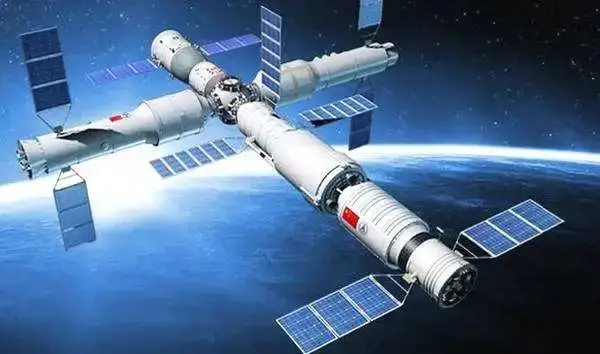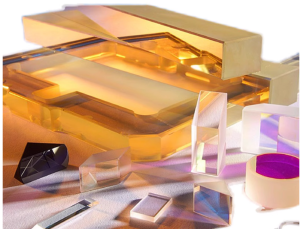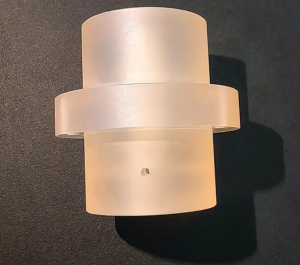With the rapid development of space technology, aerospace strategic weapons and microelectronics technology, more and more optical components are used in aerospace products.
Radiation environment will affect optical performance to varying degrees, even make it invalid. Aiming at various radiation effects, the optical elements have certain radiation resistance in the process of design and processing.
The reliability and service life of spacecraft will be improved if radiation resistant optical elements are selected and applied in space radiation environment.
The space radiation environment mainly comes from cosmic rays, solar flare radiation and the Van Allen radiation belt around the earth. Although the radiation dose rate is very low, and the dose rate range of different orbits is generally between 0.0001 and 0.01 rad (Si)/s, because it is a cumulative effect, when the dose rate accumulates to a certain value, the performance of optical elements will change, and in serious cases, the optical elements will be completely disabled, making the whole system unable to work normally or lose the original measurement role.
The nuclear radiation environment is mainly composed of α、β、 Neutron γ X-ray and nuclear electromagnetic pulse. The time of transient radiation environment generated by high-altitude nuclear explosion is very short (generally 10~15s). Transient dose rate radiation effect, neutron radiation displacement damage effect and secondary effect of transient radiation are all transient damage factors that must be paid attention to for strategic weapons and spacecraft systems. Therefore, when selecting optical components for aerospace models operating in radiation environment, the components with sufficient radiation resistance must be selected according to the radiation environment they are exposed to, and a certain margin must be left to ensure the stable and reliable operation of the selected components in radiation environment.

On orbit operation time requires total dose capacity of optical elements
Long term > 5 years > 100krad (si)
Medium term 3-5 years 10-100krad (si)
Short term < 3 years < 10krad (si)
The on orbit operation time of aerospace models can generally be divided into three categories: long-term, medium-term and short-term. In general, devices are required to have the ability to resist total dose radiation, as shown in the table. However, the space radiation environment varies greatly in different years and regions.
Therefore, the inherent ability of optical elements to resist total dose radiation and the actual total radiation dose should have a certain RDM. The ratio of the two is the radiation design RDM, which is between 2 and 11, depending on the overall requirements of the specific aerospace model (risk, cost, progress, difficulty, etc.).



